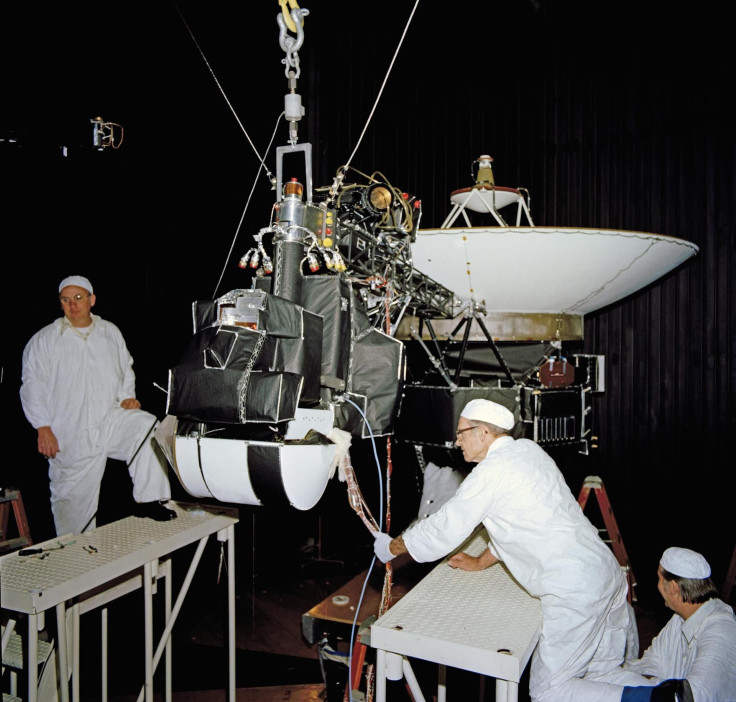William Shatner Reads The Winning Message To NASA's Voyager

In honor of the 40th anniversary of the launch of the Voyager craft NASA hosted a competition for NASA and space enthusiasts who wished to send a message to the Voyager 1 craft. Tuesday the chosen message of 30,000 submissions was beamed out to space.
The winning message was submitted by Oliver Jenkins and read aloud by Star Trek star William Shatner at NASA’s Jet Propulsion Laboratory on Tuesday before it was beamed out to Voyager. The message read: We offer friendship across the stars. You are not alone.
.@WilliamShatner just sent humanity’s #MessageToVoyager to space: "We offer friendship across the stars. You are not alone." -@Asperger_Nerd pic.twitter.com/bXJy0jDRHU
— NASA (@NASA) September 5, 2017
The message will arrive at Voyager 1 on Wednesday about a day after it was sent. The one-way light time for the Voyager 1 is a little more than 19 hours currently. The entire submission, voting and selection process took about a month all to honor Voyager’s birthday. The craft were launched in 1977 and have been traveling to the edge of known space ever since. Voyager 1 was the first craft to ever reach interstellar space and it’s currently about 13 billion miles away from Earth.
The two craft can be tracked online on NASA’s website and their distance can be seen increasing in real time.The two crafts are the longest lived craft and missions ever and are still communicating with NASA on a regular basis. The actually send back information about every five minutes.
Their groundbreaking research so far consists of multiple achievements. They both were the first craft to find the many new moons around Jupiter, Saturn, Uranus and Neptune. But the two are traveling on different trajectories so many of the accomplishments they have made have been done separately.
The Voyager 2 was the first to travel by all found planets in the outer solar system and the first craft to visit Uranus and Neptune as well as the first to image the rings of Jupiter, Uranus and Neptune, according to NASA. The Voyager 1 made discoveries as well, like detecting lightning on Jupiter and detecting the nitrogen-rich atmosphere on Saturn’s moon Titan.
The #MessageToVoyager contest was inspired by the Golden Record each craft carries as it pushes the scientific boundaries of space. The records each carry sounds from Earth as well as photos and messages from Earth for anything the Voyager might encounter in the future like extraterrestrial life.
The requirements for the message were fairly strict. All submissions had to come in under 60 characters including letters, numbers, spaces and any punctuation. Those wishing had to participate had to post the message on some social media like Twitter, Facebook, Tumblr, Instagram or Google+. The messages had to be public too, not shared on private accounts where they would not be accessible for NASA
© Copyright IBTimes 2025. All rights reserved.




















